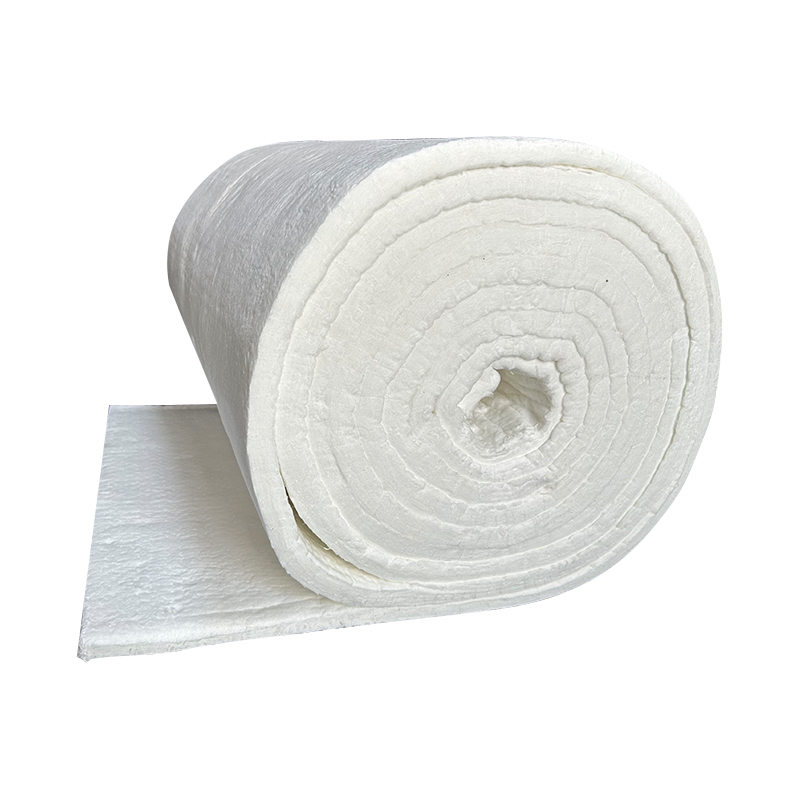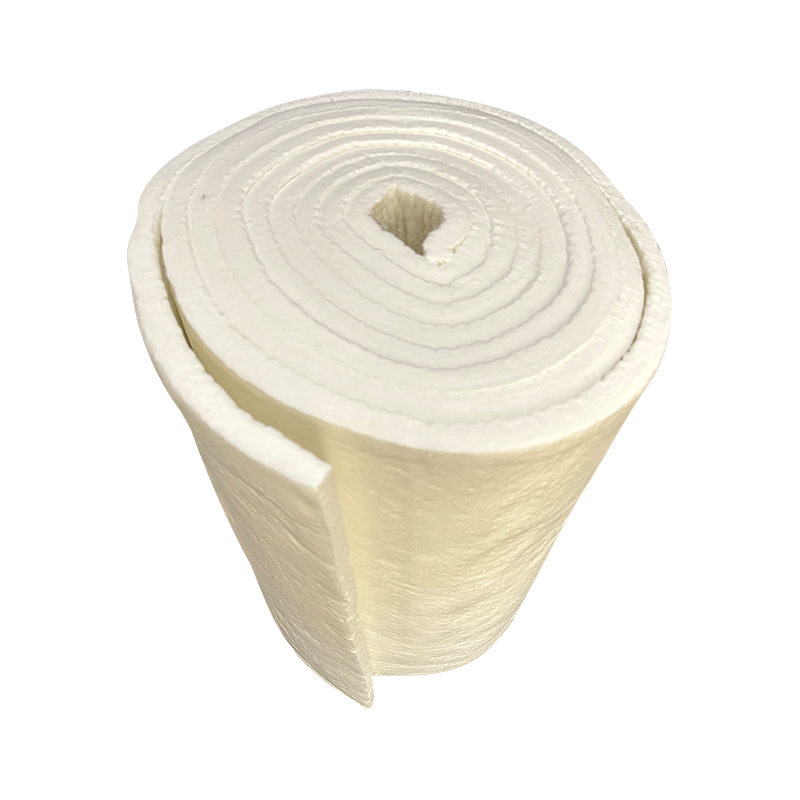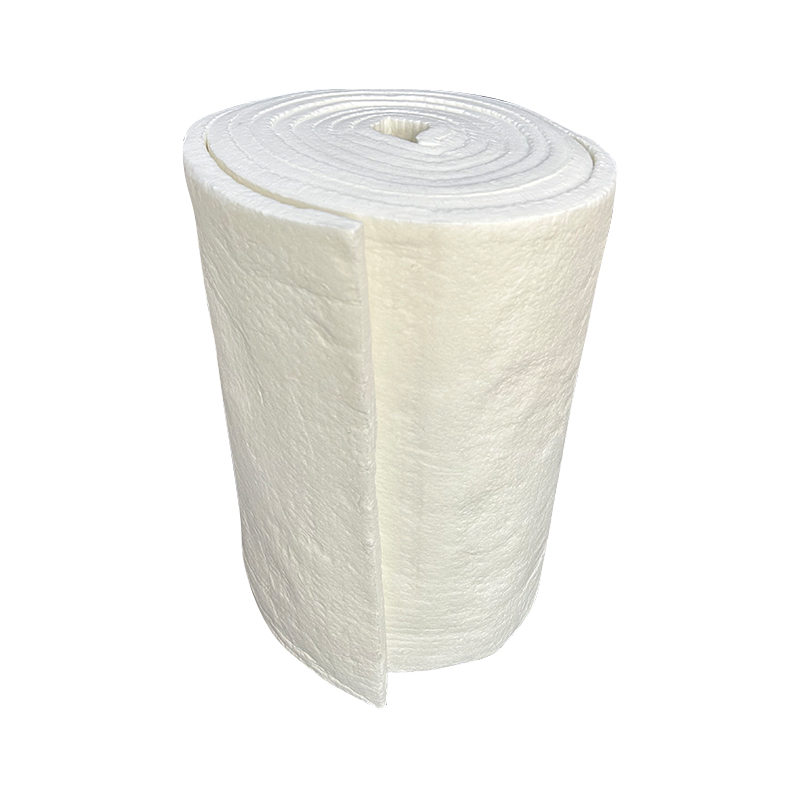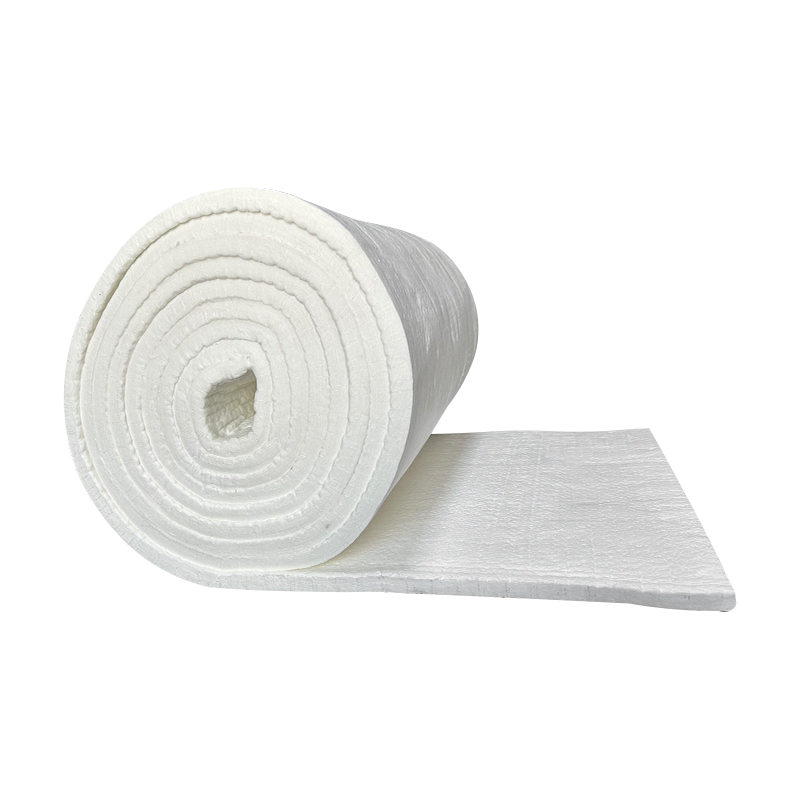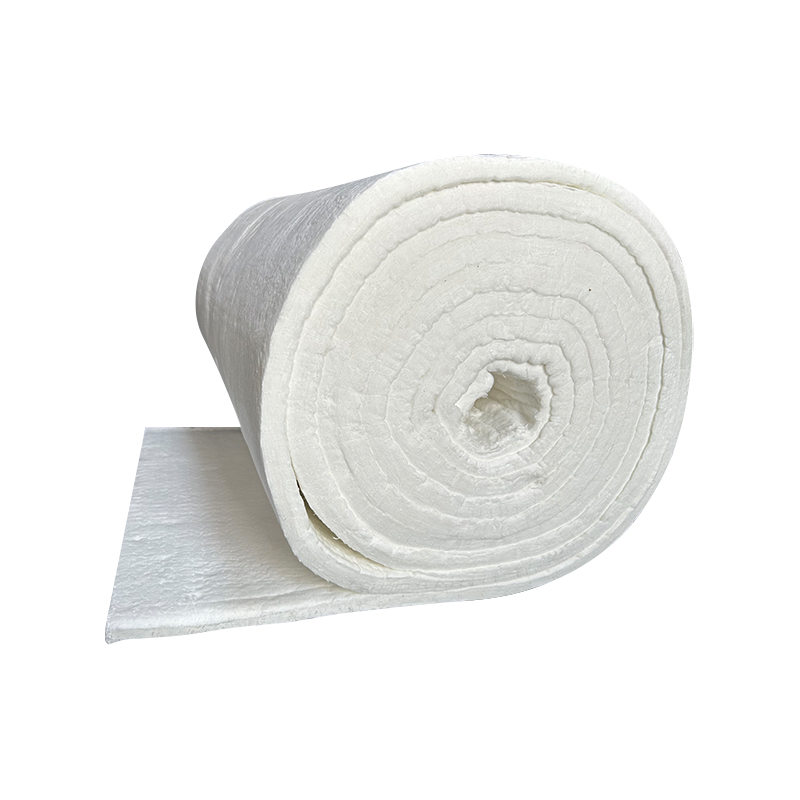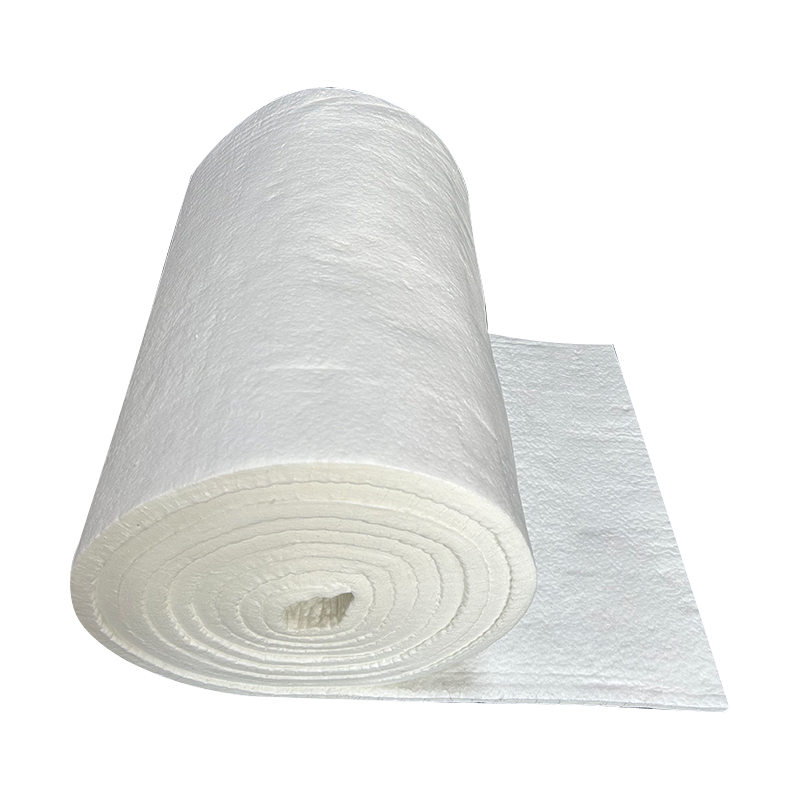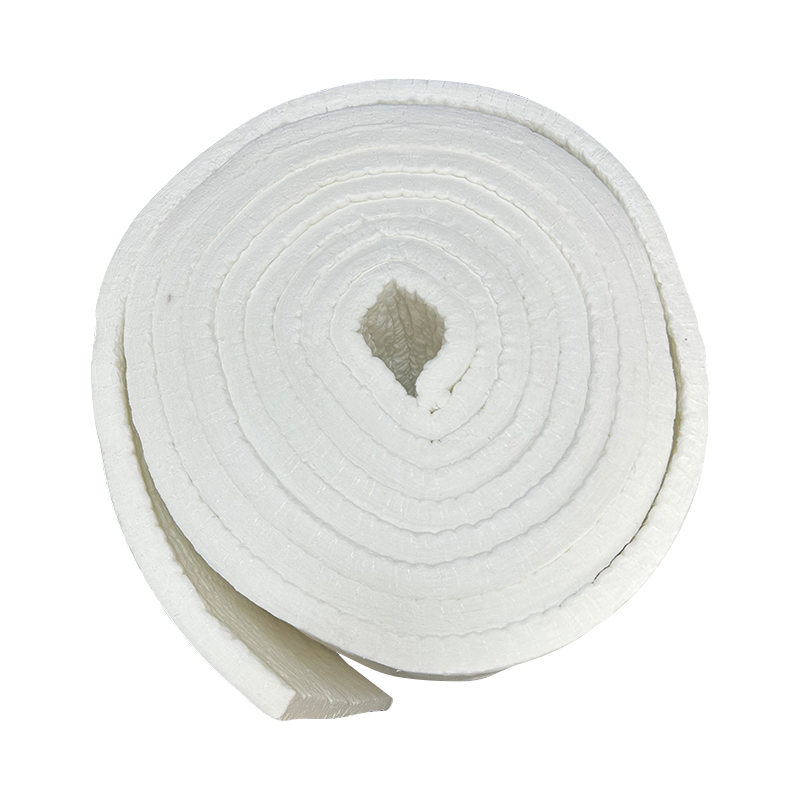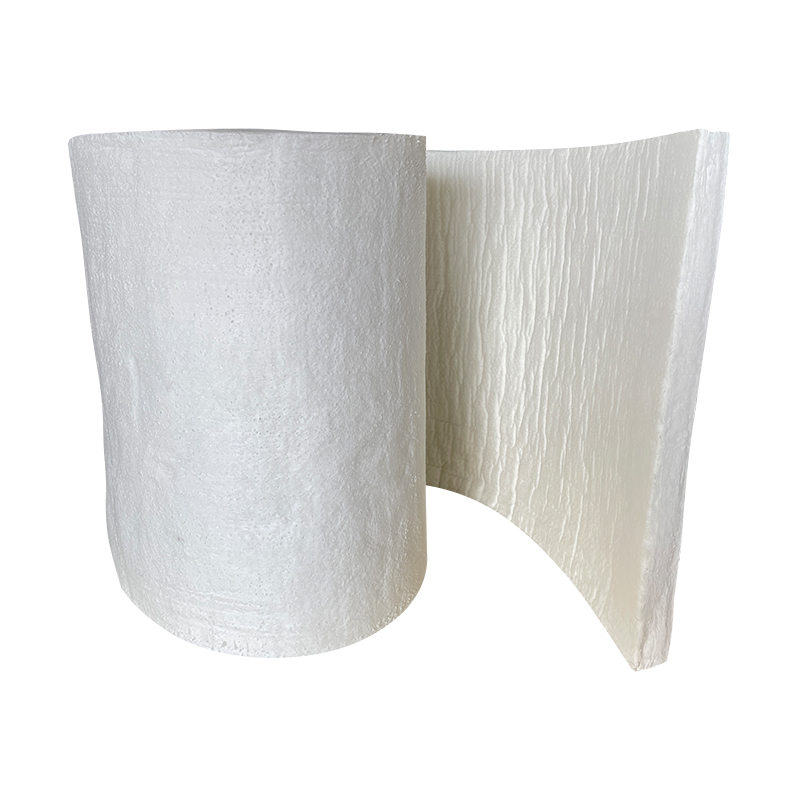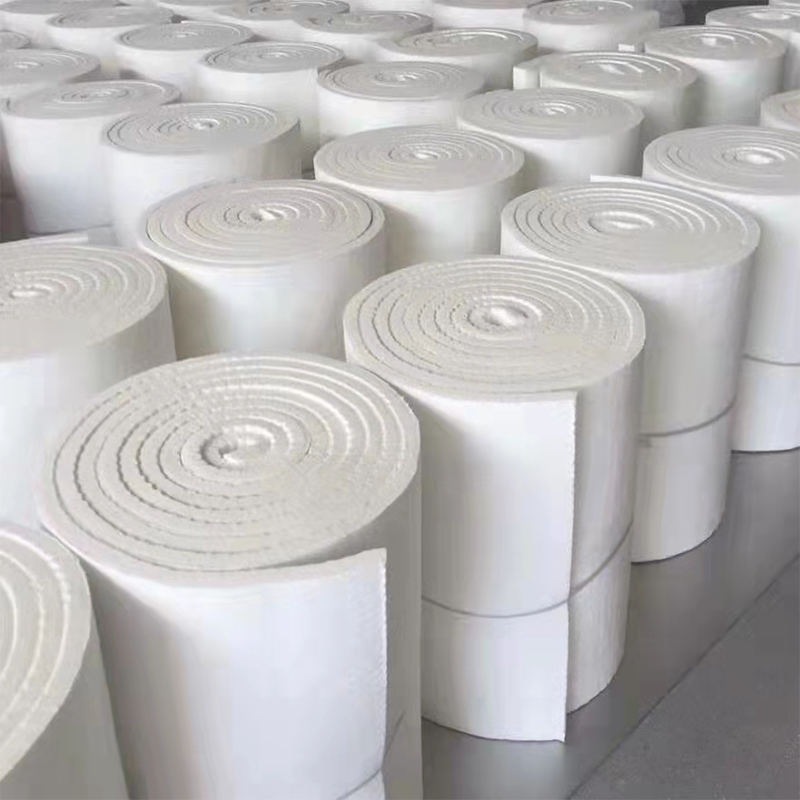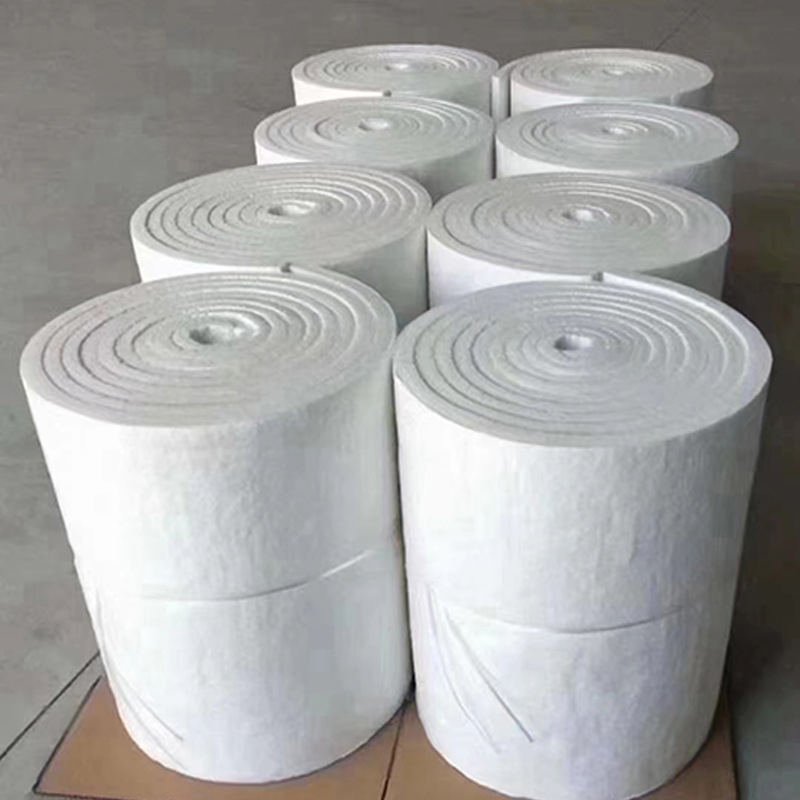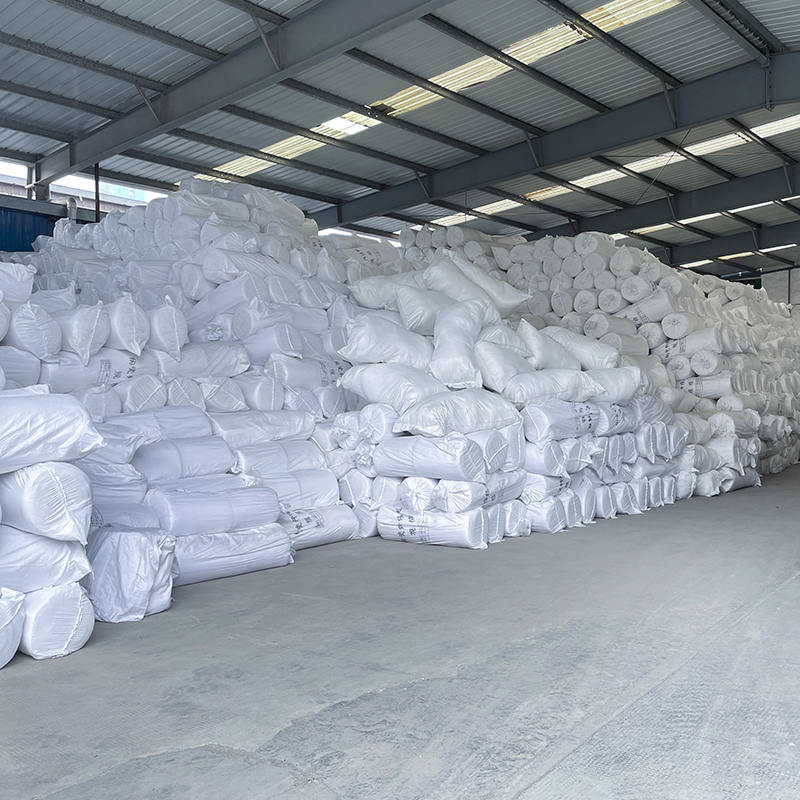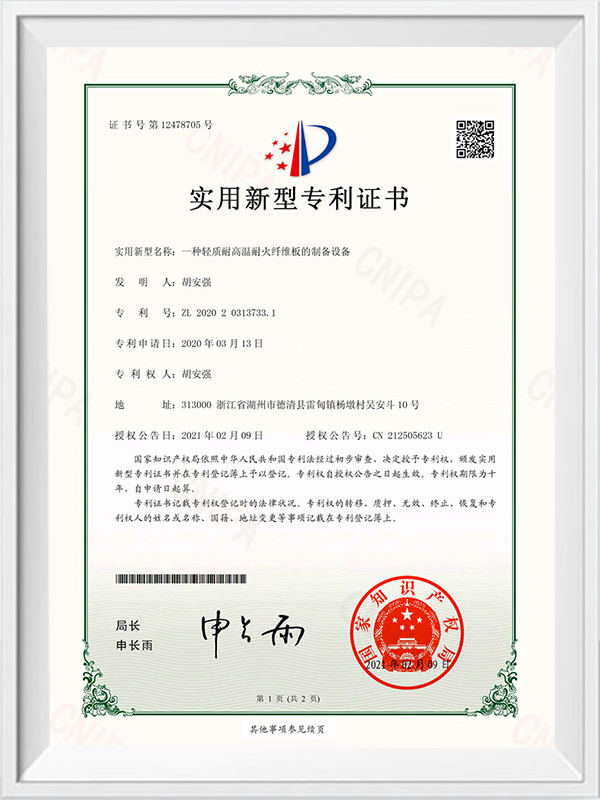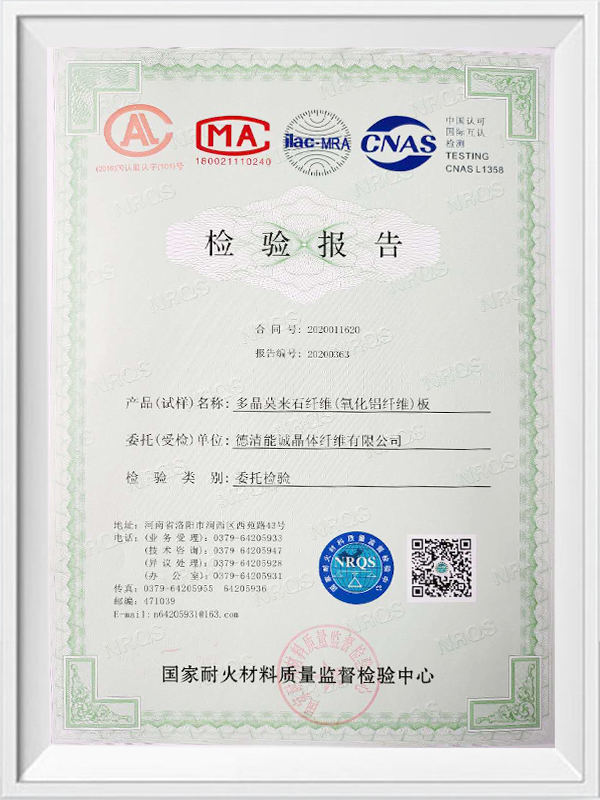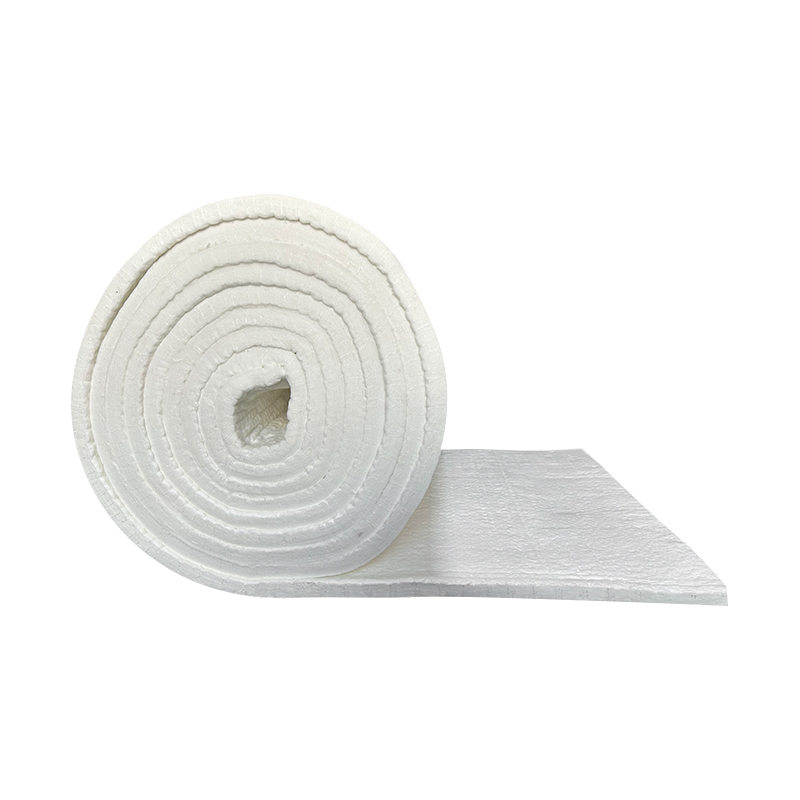
Ceramic Fiber Blankets
Introduction
The NC ceramic fiber blanket is made of special ceramic fiber through double needle-punching processing. The double needle-punching techniques improve the degree of fiber intertexture, and the performance of delamination resistance as well as tensile strength. The blanket does not contain any bonding agent and with the characteristics of stable chemical performance, resistance to most erosion of the chemicals. The physical properties, like refractoriness and insulation, remain the same when meeting with oil, water, or steam.
Characteristics
Excellent chemical stability, nonflammable; Low thermal conductivity and good insulation; Good tensile strength and springiness; Excellent performance of soundproofing and resistance to heat-shock.
Application
Internal and external lining for industry furnace; Internal and external insulation for pipeline; Insulation for home application, nuclear power, and aerospace; Joint sealing and filling insulation; Expansion seals/pipe coverings.
Product Common Specifications
Thickness:6/8/10/12.5/20/25/30/40/50mm
|
Model |
NC1260 |
NC1350 |
NC1400 |
NC1430 |
NC1600 |
|
|
Classification temperatuer(℃) |
1260 |
1350 |
1400 |
1430 |
1600 |
|
|
Working temperature(℃) |
1050 |
1200 |
1250 |
1250 |
1600 |
|
|
Density(KG/m³) |
96-160 |
96-160 |
96-160 |
96-160 |
|
|
|
Reheating linear change(%)(24H) |
≤2(1000℃) |
≤2(1100℃) |
≤2.5(1150℃) |
≤2.5(1250℃) |
≤1(1500℃) |
|
|
Tensile strength Kpa(128Kg/M³) |
80 |
80 |
80 |
80 |
100 |
|
|
Thermal |
400℃ |
0.09 |
0.09 |
0.09 |
0.09 |
|
|
800℃ |
0.23 |
0.23 |
0.23 |
0.23 |
0.17 |
|
|
1000℃ |
0.3 |
0.3 |
0.3 |
0.3 |
0.24 |
|
|
1200℃ |
|
|
|
|
0.33 |
|
|
Chemical |
Al₂O₃ |
45-49 |
52-55 |
54-57 |
35-37 |
72-75 |
|
Al₂O₃+SiO₂ |
99 |
99 |
99 |
99 |
99 |
|
|
ZrO₃ |
|
|
|
14-17 |
|
|
|
Other |
1 |
1 |
1 |
1 |
1 |
|
Note: The technical data determined by the testing standards used will, on average, fluctuate within a certain range; the data do not represent the product quality assurance data.
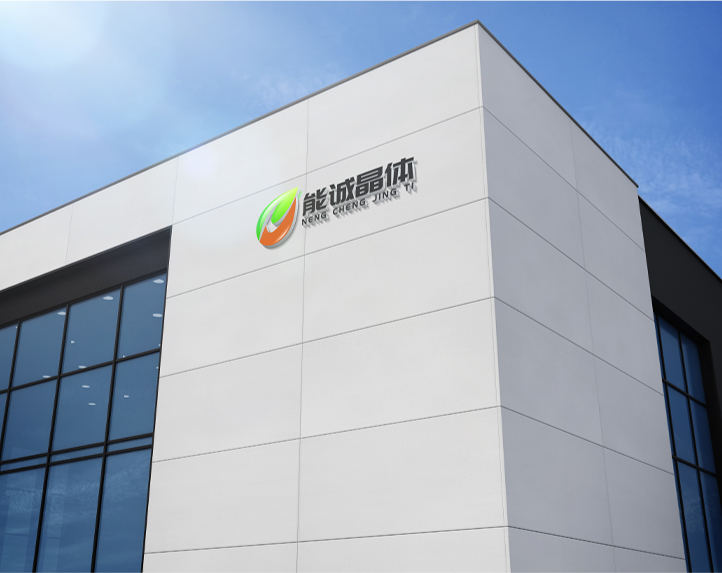

-
Overview: scope and practical intent This article explains the practical factors that determine the energy efficiency of Industrial heating elements operating continuously. It focuses on measurable variables (watt density, sheath material, thermal coupling), control and system integration, common sources of energy loss, and maintenance or design choices that improve long-run efficiency for furnaces, ovens, dryers, immersion heaters and inline process heaters. Element type, geometry and surface l...





 English
English Español
Español عربى
عربى